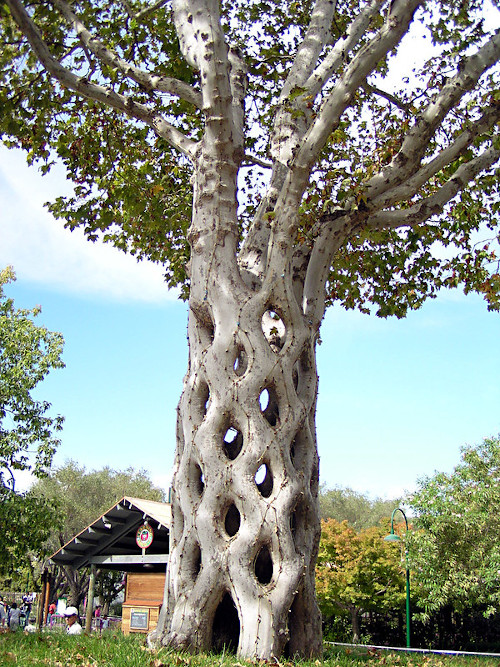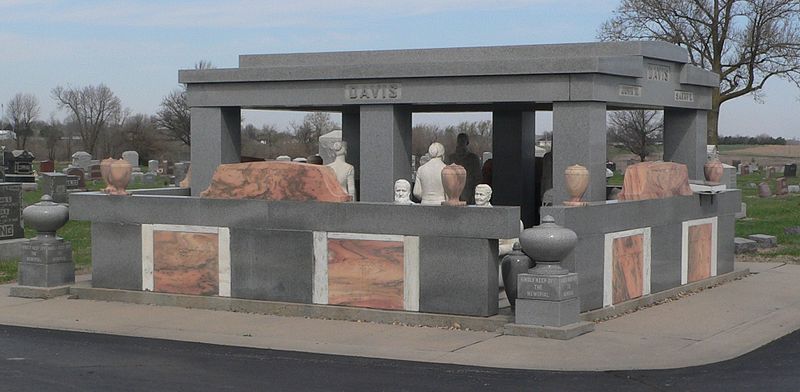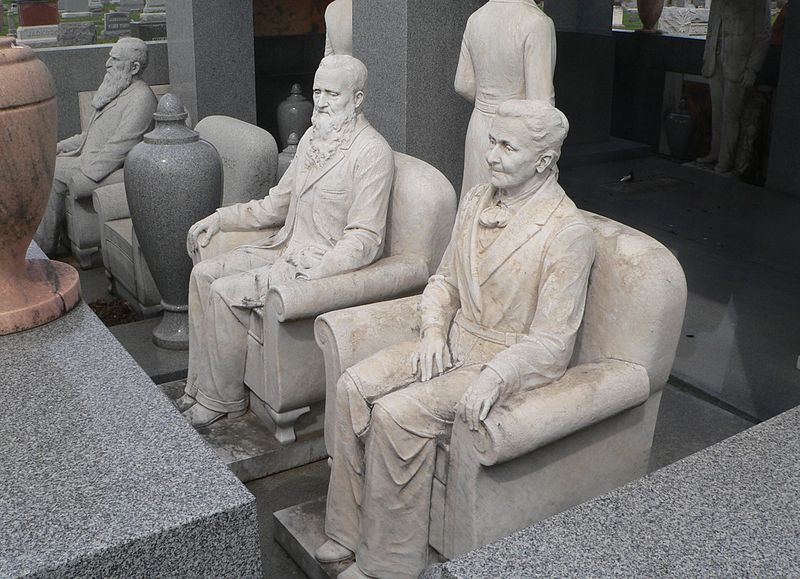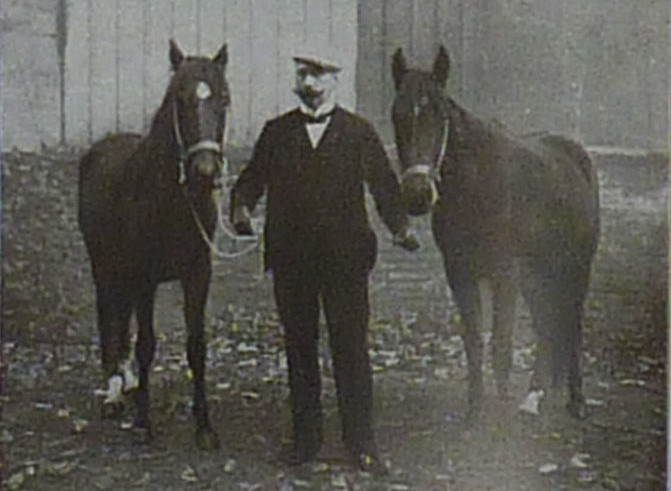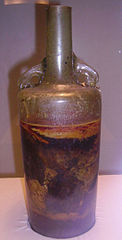
In 1829, engineer J.W. Hoar built a cable railway up the side of Ladder Hill in Jamestown, Saint Helena, in the South Atlantic, to carry cargo up the 40-degree incline to Ladder Hill Fort. After 40 years, termite damage forced the closure of the railway, but the associated staircase remains open to intrepid tourists.
The fastest recorded ascent to date was made by Scotland’s Graham Doig in 2013. He climbed the 699 steps in 5 minutes 16.78 seconds.

